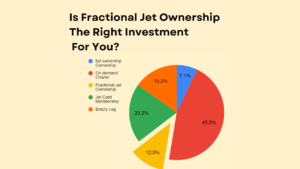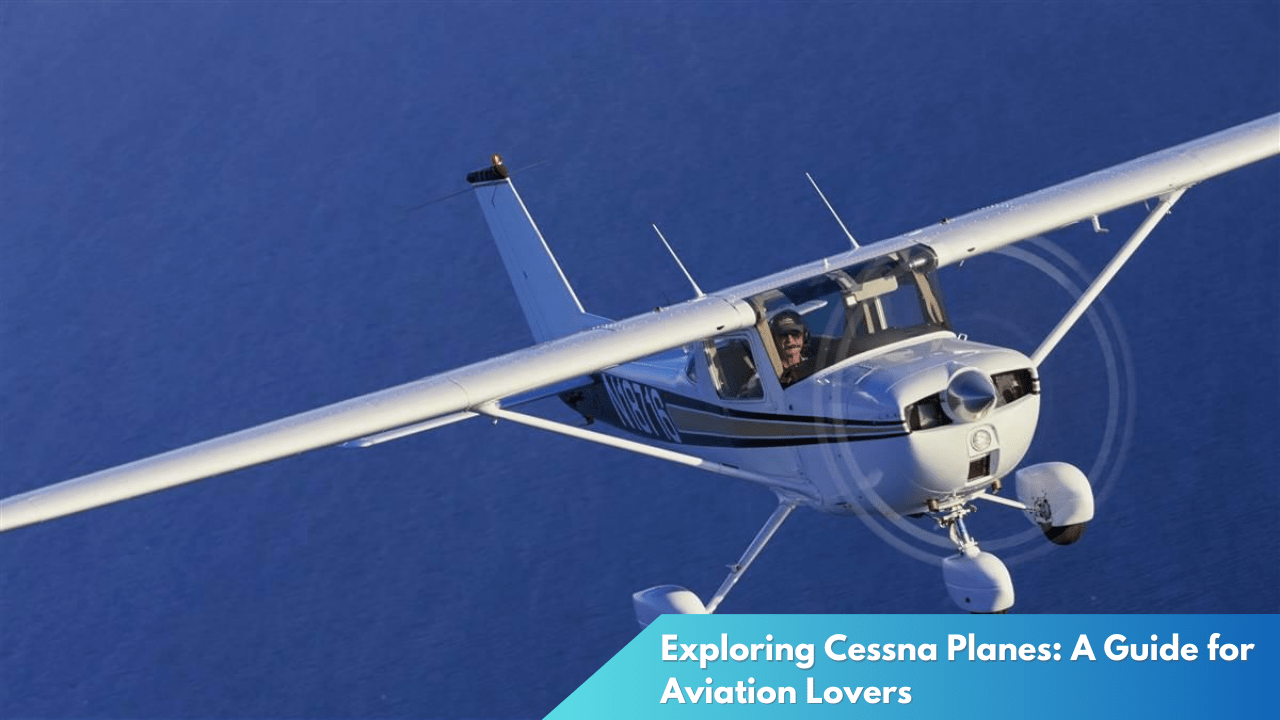Breaking Down 2024 Costs for Fractional Jet Ownership
In the realm of luxury travel, fractional jet ownership has emerged as a compelling alternative to full ownership and charter services. With the dawn of 2024, potential and current investors find themselves seeking clarity on the financial implications and benefits of this model. This article provides a comprehensive breakdown of the costs associated with fractional jet ownership in 2024 and offers insights into what financial aspects to anticipate in private aviation.
Analyzing 2024 Fractional Jet Ownership Costs

Fractional jet ownership offers a middle ground between full ownership and on-demand charter flights. In 2024, the cost structure for fractional ownership continues to evolve, influenced by both economic factors and advances in aviation technology. Typically, the primary costs associated with fractional ownership include the initial purchase cost, monthly management fees, and occupied hourly rates. The initial purchase cost is essentially a one-time investment for acquiring a share in the aircraft, often ranging from 1/16th to 1/4th of a jet. This investment varies significantly based on the aircraft’s model, age, and market conditions.
Monthly management fees account for the ongoing operational expenses of maintaining the aircraft. These fees cover a range of services, including maintenance, insurance, and administrative support, ensuring the jet is flight-ready at all times. As of 2024, these fees have seen a modest increase, reflecting the rising costs of skilled labor and technological enhancements in aircraft systems. Prospective owners should budget for these predictable costs, which are typically proportional to the share size they own.
The occupied hourly rate is another essential component, representing the cost incurred each time the jet is used. This rate includes fuel, crew expenses, and other variable costs associated with flying the aircraft. As fuel prices and regulatory costs fluctuate, so do these rates. However, fractional ownership companies often offer transparency and predictability by providing capped rates or fixed pricing models for the year, allowing owners to better manage their travel budgets.
What to Expect Financially in Private Aviation

The private aviation industry in 2024 is poised for growth, but it also faces challenges that may impact fractional ownership costs. One of the driving factors is the ongoing technological advancements aimed at improving fuel efficiency and reducing carbon footprints. Owners can expect fractional companies to invest in newer, more efficient aircraft, which may initially increase purchase and management fees but ultimately lead to savings in occupied hourly rates due to lower operational costs.
Additionally, the global economic climate plays a significant role in shaping private aviation costs. Currency fluctuations, interest rates, and geopolitical tensions can all influence the price of jet shares and operational expenses. In 2024, fractional owners should be prepared for potential volatility in these areas, which may affect the overall cost structure. However, many fractional ownership providers mitigate these risks through fixed-rate contracts and other financial safeguards designed to maintain cost predictability.
Moreover, regulatory changes in aviation safety and environmental policies are expected to impact the financial landscape. The introduction of more stringent regulations could lead to increased compliance costs, affecting management fees and operational expenses. However, these changes also emphasize the value of fractional ownership as providers take on the burden of navigating regulatory landscapes, thereby offering a more seamless experience for their clients.
As fractional jet ownership continues to offer a flexible and efficient means of private travel, understanding the cost dynamics in 2024 remains crucial for current and prospective owners. This year brings with it a blend of predictable expenses and potential financial shifts influenced by global economic trends, technological advances, and regulatory changes. By staying informed and working with reputable fractional jet providers, owners can navigate these financial waters with confidence, securing a luxurious and reliable travel experience.



